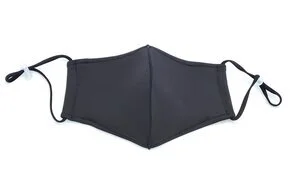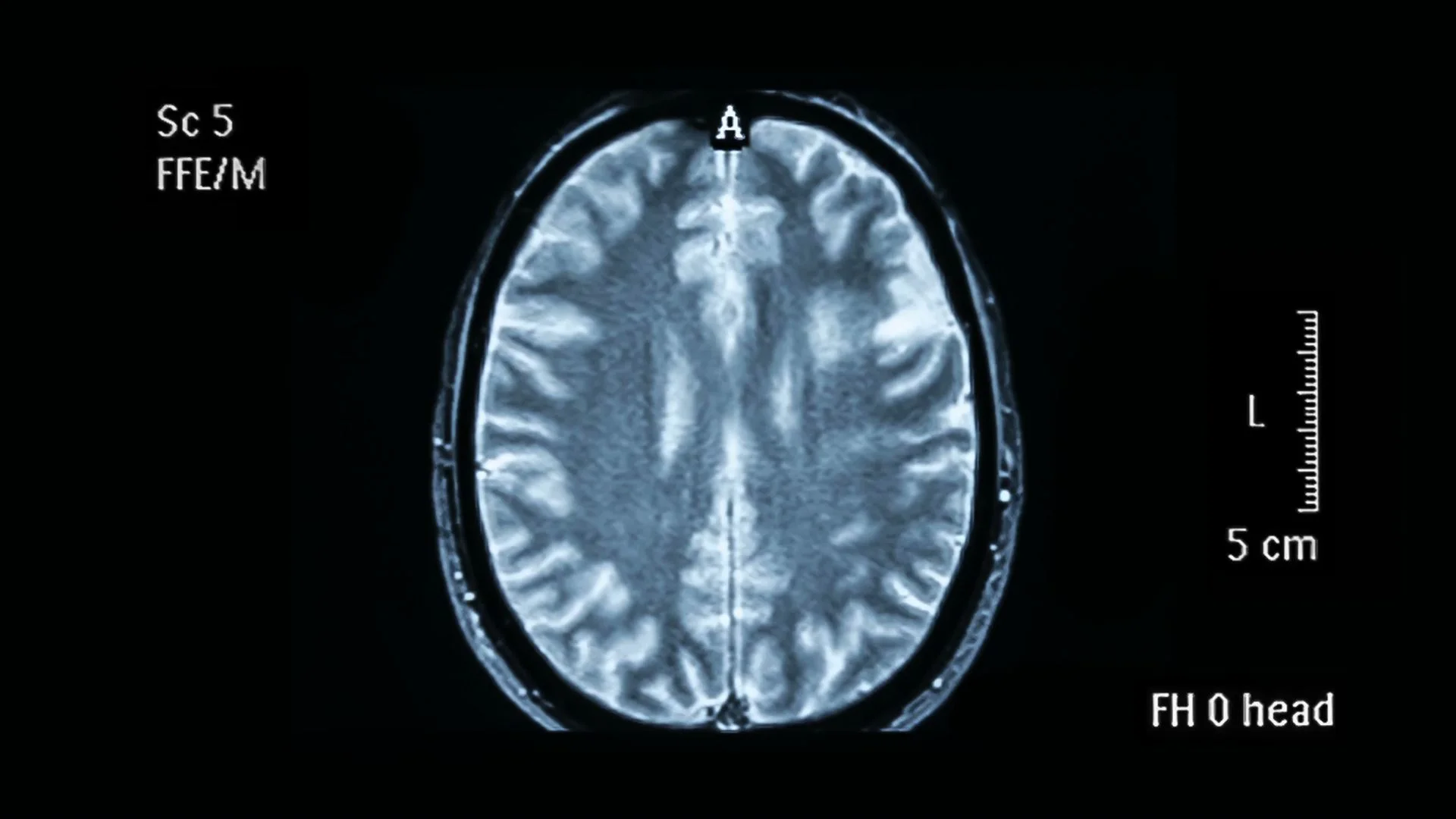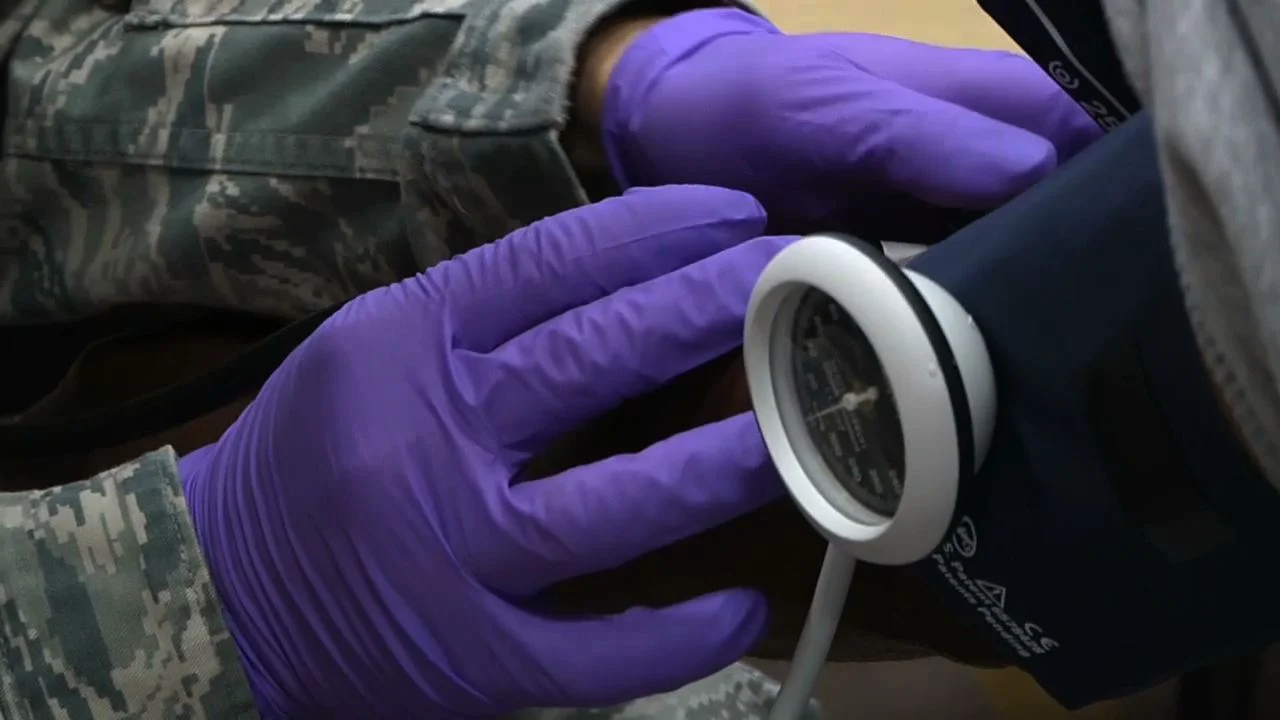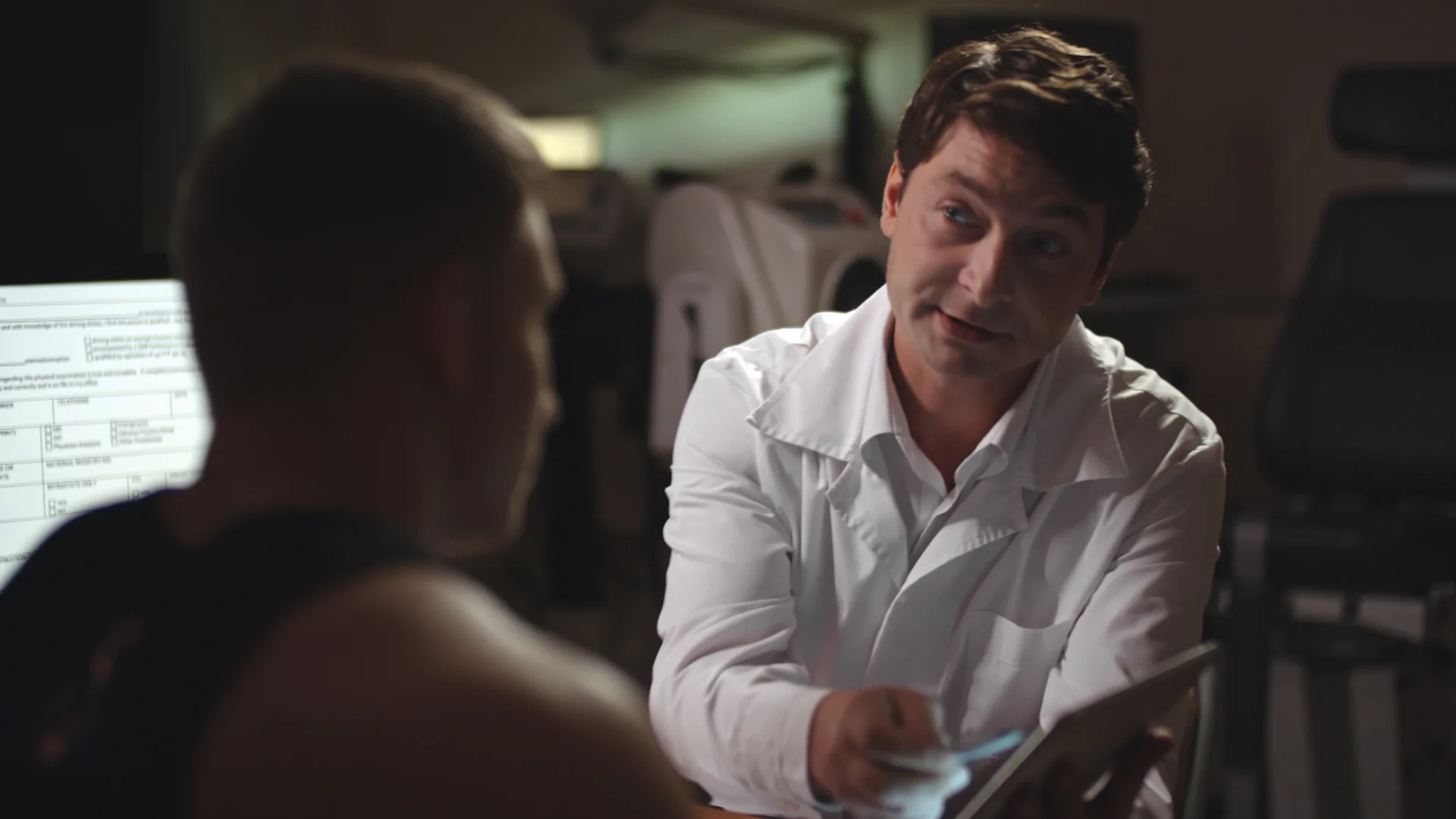Masks as personal protective equipment (PPE) are commonly used in a wide variety of situations from healthcare to construction. However, the effectiveness of masks as PPE varies greatly with the type of mask and the purpose.
There are many claims about the filtration ability of masks. The Zansors team researched this question to guide our knowledge base on respirators, surgical masks and cloth masks. We discovered two definitive peer-reviewed sources: (1) A comparison of facemask and respirator filtration test methods by a team at NIOSH and Nelson laboratories published in the Journal of Occupational and Environmental Hygiene (link) and (2) Comparison of Filtration Efficiency and Pressure Drop in Anti-Yellow Sand Masks, Quarantine Masks, Medical Masks, General Masks and Handkerchiefs published by a international team including 3M and Seoul National University in the journal Aerosol and Air Quality Research (link).
The standard bearer for filtration testing for respiratory aerosols in the US is the CDC/NIOSH standard, and the much-claimed NIOSH N95 standard requires that 95% of aerosol particles of a particular size (typically 0.3 microns or below) are filtered by the mask (along with requirements about fit of the mask). This is quite a high standard, with compatible or higher standards around the world including European, Chinese and Korean standards. These masks are highly effective, though not foolproof, and do require proper fit to be effective. Surgical masks (those omnipresent blue masks seen in hospitals) provide 45-55% filtration of aerosol particles, cloth masks around 25-38% filtration depending on the number of layers and material type, and single layer bandanas and handkerchiefs around 3% filtration.
Of course there is a tradeoff between filtration efficiency and comfort. Higher filtration masks, and masks that require a tight fit, like proper N95 masks, are harder to breath in, though not to the extent of being harmful to you. More comfortable masks naturally have higher airflow and hence less filtration efficiency. However, many of the masks on the market have not been tested against NIOSH standards, for particles around 0.75 microns (the average size of the Sars-COV2 coronavirus). Most of these masks have also not been tested for fit to ensure that there is minimal leakage, thus rendering moot the filtration capabilities of the mask.
So what about the mask mandates currently widespread around the world? The crucial fact here is that viruses like the coronavirus are primarily spread through droplets that we exhale through coughing, sneezing or speaking, so preventing the droplets from escaping our personal space helps prevent spread of the virus. There is ample evidence that even cloth masks can prevent the spread of droplets and protect others from getting infected, so they are an effective means of source control alongside physical distancing, as seen from a recent paper in the Lancet (link), and becomes more effective as a greater proportion of a community wear masks (paper in Proceedings of the Royal Society Series A, link). A few neat “popular science” experiments show how well they might work (link1, link2). Note that for source control, masks with vents allow the unfiltered exhalation of your breath and are ineffective for this purpose.
At Zansors, we believe that we should follow the science, and share the knowledge. Masks are one part of the story to halt the spread of viruses, and one part of the story for protecting yourself. Stay safe.
To learn more about masks by Zansors, visit www.zansors.com/mask




















